Romance Consumers with Rosé this Valentine’s Day
Feb. 7, 2017
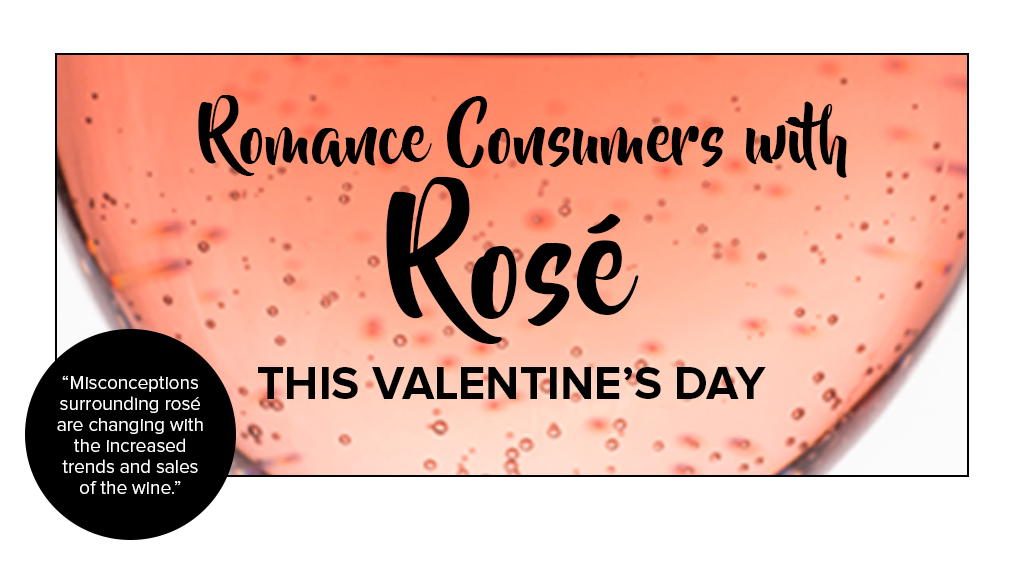
Valentine’s Day is a week away, and rose-colored wine makes perfect sense for this love-filled holiday. While rosé has long been considered a warm-weather wine, industry experts say 2017 is the year to drink the pink varietal year-round.
We spoke with Kimberly Unterreiner, Breakthru South Carolina On-Premise Division Manager, about the increasingly popular, and often misunderstood, rosé. Unterreiner gave us insight as to what’s made rose the new versatile varietal of 2017. The overall gist? Rosé has much more to offer than we think.

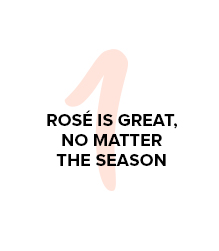
|
The verdict is in, and rosé is no longer seen as just a patio pounder. The versatility of rosé makes it a perfect pairing with food no matter the season. Unterreiner says many consumers have also realized that rosé is a great transitional wine for white wine drinkers year-round. “Rose has a similar acid structure to that of a Sauvignon Blanc or Pinot Grigio. It is extremely approachable in that it could be enjoyed poolside, tailgating or at a white tablecloth fine dining restaurant.”
|
|
While France may be the origin of rosé – and remains the front-runner in the category – the desired light-colored wine is now produced from regions spanning the globe. “Almost every major wine-growing region is producing a rosé now,” Unterreiner says. “As a distributor, we have watched our supplier partners launch twice the number of rosés this past year than prior years.”
|

|
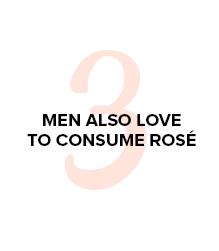 |
Due to its pink hue and light body, rosé has garnered a large female following. However, don’t be fooled by its feminine features. Rosé flavor profiles borrow characteristics from both red and white wines, and they have something to offer to both men and women alike. Unterreiner says suppliers are now experimenting with how to market to the male consumer. “Brands are trying to make pink wine more approachable for men by tagging names like “Brose’” or using slogans such as “Real Men Drink Pink.”
|
|
Rosés can vary based off of the grape or grapes being used to produce the wine, with the most noticeable differences being in color and body. “Grenache, for example, imparts a soft, salmon pink and has a crisp body and mouthfeel,” Unterreiner says. “A rosé of Malbec is almost a fuchsia hue, and because it’s a thicker-skinned grape, is richer on the palate.” Wine Folly explains the various styles of rosé in this easy-to-read list.
|
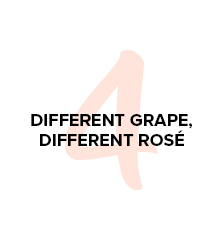 |
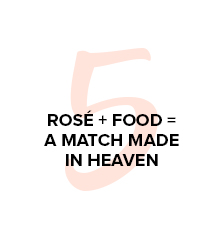 |
A large part of rosé’s versatility and transition to a year-round wine is its ability to complement cuisine. “Rosé is known for its acidity and structure; and acidity and food are harmonious when finding the right pairing,” says Unterreiner. “Because rosé comes in lighter- and fuller-bodied versions, this gives sommeliers and chefs many pairing opportunities.”
|
Make sure you’re well-stocked on the popular pink wine. Talk to your Breakthru Sales Consultant today about our rosé portfolio.
|
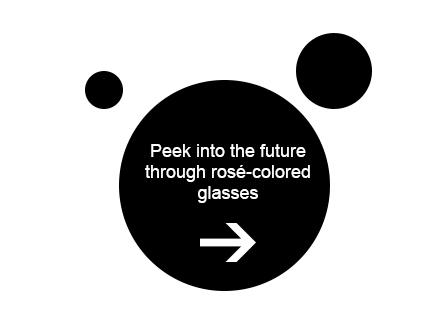 |